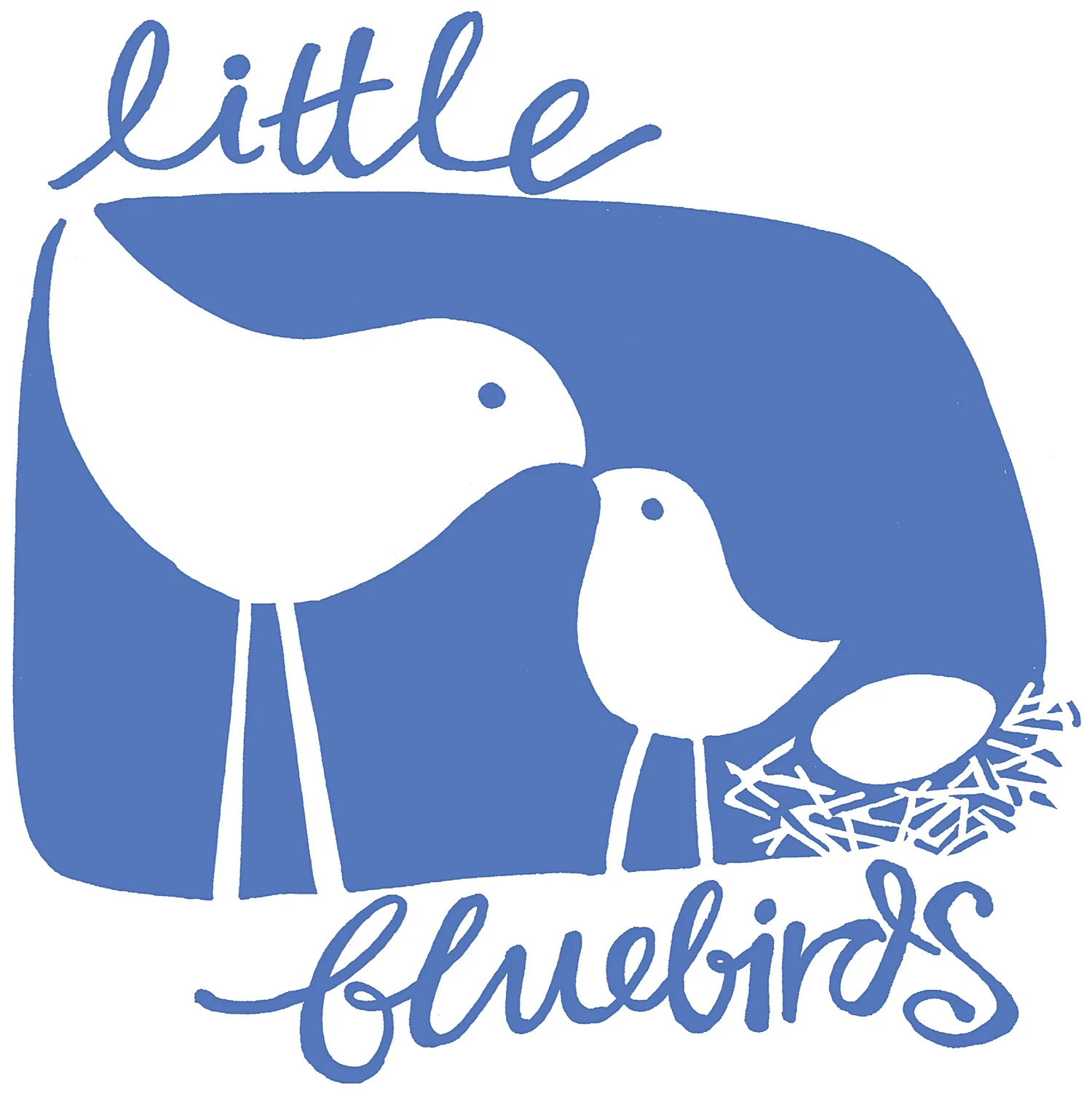Texta Juice
My kids loved the word ‘juice’. In my house we often called milk ‘moo-juice’ and water ‘rain-juice’ to make everyday things seem special. These days, as an art teacher, I’m a big fan of ‘Texta Juice’… it’s special too, though it’s definitely not something I’d choose to drink!
What’s Texta Juice you say? Read on…
Texta Juice is my silly name for the lovely bright homemade watercolour I make by recycling old textas. It’s simply made by soaking in water the nibs of any dry and completely run-out water-based felt pens (commonly called textas in my household) that are on the way to the bin. By using this simple method you are utilising any leftover dry pigment still inside the marker and allowing it to leach into a small amount of water. This creates a useful watercolour paint, more child-friendly than food dye, and, just like the washable textas it comes from, it’s easy to clean.
I really like textas for children, the solid marks they make are satisfying for little artists. I’m careful to choose washable textas and the Crayola textas in my photos below are my preferred brand. Their thick shape is easy for little hands to hold and they have sturdy nibs that last without fraying. They come in lots of bright colours and stay workable for ages… if you click the cap on properly. They’re also water-based and washable, and it’s this water-soluble nature of their pigments that makes them perfect for texta juice.
At school I encourage students to save any dried out textas for me, rather than send them straight to landfill. I store them, nib down, in jars of water, adding more textas as they arrive. In this way the watercolour paint can be stored and reused many times, and I find that it lasts for weeks.
If you use textas in your house this is a great way to convert a waste product into something useful that’s fun for kids. Experiment with colour blends, strengths and dilutions. It’s a cheap material that you can have some creative fun with.
Enjoy! x
The leaching process starts almost immediately, and you will notice the water starting to colour.
After a couple of hours you’ll have watercolours that are strong enough to paint with.






